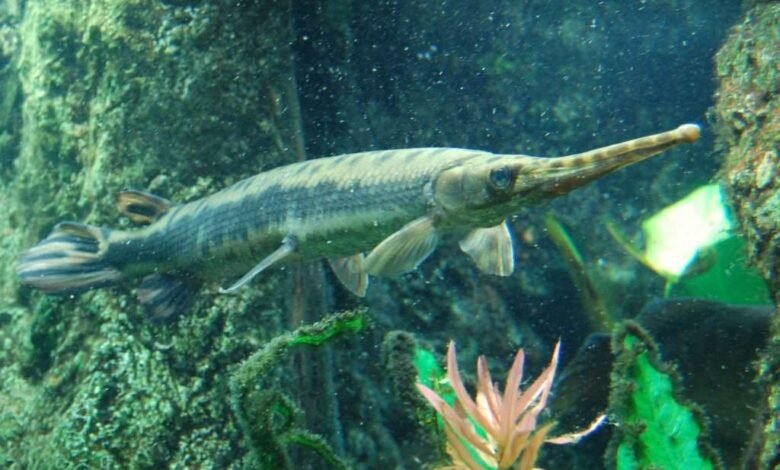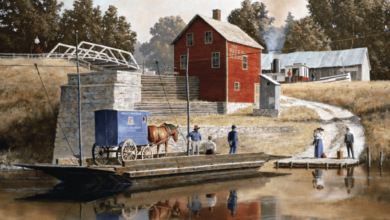Species Spotlight: Longnose Gar – New York Almanack


 With long, toothy snouts, and torpedo shaped bodies, native longnose gar (Lepisosteus osseus) are often seen cruising just below the water’s surface in lakes, rivers, and streams from the St. Lawrence River all the way south to Florida and Texas.
With long, toothy snouts, and torpedo shaped bodies, native longnose gar (Lepisosteus osseus) are often seen cruising just below the water’s surface in lakes, rivers, and streams from the St. Lawrence River all the way south to Florida and Texas.
Longnose gar have a typical lifespan of 15–20 years (though some are reported to have lived to 39). The females are larger than the males in body length, weight, and fin length. The New York state record longnose gar weighed 15 pounds 14 ounces and measured 53.25 inches. It was caught last year in Jefferson County, NY.
Fossil evidence shows that gar have existed since the Early Cretaceous Period, over 100 million years ago. 

Their air bladder functions like a lung, allowing then to gulp air at the surface, an advantage in low-oxygen waters.
They’re covered in thin, interlocking ganoid scales, which provide a natural suit of armor that helps protect them from predators.
Spawning from spring through summer, female gar lay 18,000 to 33,000 adhesive eggs that cling to rocks and aquatic vegetation.
Gar eggs and larvae are toxic to mammals, birds, crustaceans, and even some fish, an evolutionary trait that protects their young.
Read more about fish in New York State.
Illustrations, from above: Longnose gar at the New England Aquarium, Boston MA (photo by ); and Chuck Zimmerman with his New York State record longnose gar in 2024 (provided by DEC).
Source link




